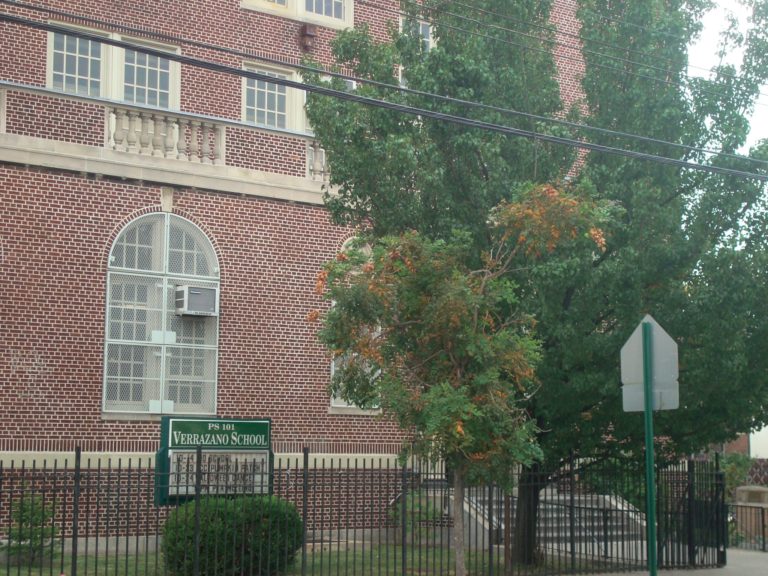Address: The Royal York, 420 East 64th Street, New York, NY
Building Type: Residential
Location: Oil Tank Room
Substrate: Concrete
Client: Royal York Owners Corp.
Technical Consultant: Lawless and Mangione, Architects & Engineers, LLP
The bottom of the steel tank in the Oil Tank Room had corroded throughout the years and was beyond repair. The reason for this corrosion was because of the constant groundwater infiltration that it was subjected to. The oil was pumped out from this old tank and subsequently, the steel tank was cut-up, removed, and properly discarded. A new oil tank needed to be installed, however, obviously the groundwater infiltration problem needed to be rectified first.
There exists a tremendous head pressure of groundwater below the lower concrete floor slab of the Oil Tank Room, as the floor was saturated constantly with at least 3 inches of water. In addition, water was leaking through the cold joints of the foundation wall, up to approximately 5 ft. high above the floor slab (approximately 20 ft. below street grade). This indicates that the current groundwater table elevation is at least this high. The thickness and the condition of the concrete foundation walls of the Oil Tank Room are not an issue for our “CGI” waterproofing application to be implemented appropriately. However, as the thickness of the original lower floor slab was only approximately 3 inches thick on top of a gravel bed, our “CGI” system could not be performed effectively.
The engineer therefore directed that a minimum of 6 inch thick poured concrete slab (minimum 4,000 psi) be placed on top of the existing floor slab, prior to our injection procedure commencing. In this fashion, the groundwater head pressure could be significantly reduced, and our “CGI” waterproofing system could be implemented successfully. As a result, a gel membrane could be created between this newly poured 6 in. floor slab, and the existing slab(s) below.
After this new concrete floor slab was poured, the head pressure from ground water did subside, however, groundwater was still emerging from under the concrete floor slabs, and migrating through the perimeter floor/wall joint interface. CGI Northeast implemented its waterproofing injection technology within these perimeter floor-wall joints and the concrete foundation wall joints, and completely eliminated the groundwater infiltration. The specialized hydraulic pumps that can inject with a discharge pressure exceeding 3,200 psi along with the fast setting of the gel (as fast as 5 seconds for active leaks) defeated the intense hydrostatic water pressure of the groundwater table.





